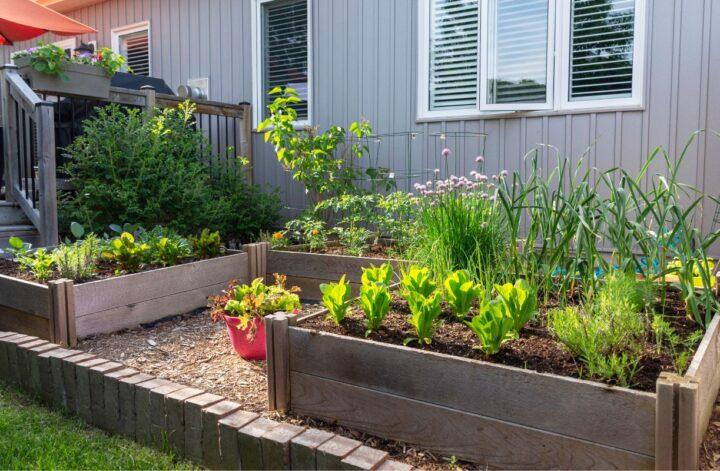Concern for the environment has gained a lot of attention in recent years, with climate change and other ecological crises demanding immediate action. Seeking out strategies to reduce the collective ecological footprint is essential to ensure the health and wellness of the environment for future generations.
One of the most effective ways to contribute to the environmental cause is consciously choosing to transform your home into a more sustainable space. These actionable strategies will help your home become more in tune with nature.
Energy Efficiency
Beyond appliances and thermostats, there are plenty of other ways to make your home more energy-efficient. Make sure your home is well-insulated to reduce the amount of energy needed for heating and cooling. Install LED or compact fluorescent bulbs instead of traditional incandescent ones. Energy-efficient windows or even quality window treatments can make a substantial difference in maintaining your home’s temperature, thus reducing heating and cooling costs.
Water Conservation
Going beyond the basics of water conservation, there are additional steps you can take to reduce your water usage. Consider transitioning to a water-efficient garden. By choosing native plants that thrive in your local climate and rainfall levels, you’ll reduce the need for regular watering. Another option is to install a greywater system. Using a greywater system, you can repurpose water for things like flushing toilets or watering non-edible plants, thereby significantly reducing your potable water usage.
Homegrown Food
Growing your own food is a rewarding and sustainable practice, and it allows you to take control over what you plant and eat. Container gardening, vertical gardening, and utilizing windowsills are all effective ways to grow food at home in small spaces. Not only does this offer fresh, safe, organic produce, but it also reduces the carbon footprint associated with transporting food to and from stores.
Waste Management
Reducing, reusing, and recycling should be implemented in every sustainable household. Composting organic waste creates nutrient-rich soil for your homegrown produce, while recycling cuts down on landfill waste. Furthermore, you can donate or sell items you no longer need instead of throwing them away to contribute to a circular economy.
Sustainable Materials
When it comes to turning your home into a more sustainable space, the materials you use play a crucial role. Beyond bamboo flooring and furniture made from recycled materials, there are many other options worth exploring. By using recycled materials, cork, reclaimed wood, sustainable insulation, and low-VOC paint, you can reduce your home’s environmental footprint, create a healthier living space, and contribute to resource conservation.
Creating a more sustainable home takes time and effort, but the payoff is ineffable. Not only will you reduce your environmental impact, but you’ll also create a healthier and more comfortable living space. Implementing these small changes will make a difference in your journey toward a more sustainable future.




